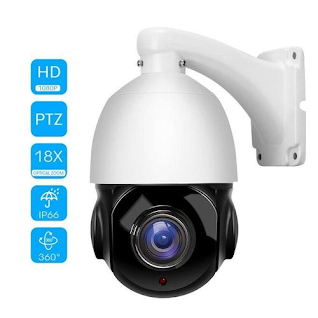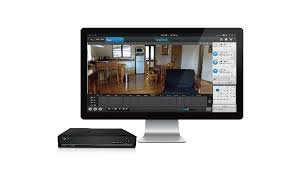PTZ CAMERA
PTZ CAMERA
Let talk about this Unique CCTV Camera
A PTZ camera, also known as a Pan-Tilt-Zoom camera, is refer to a type of security camera that offers significantly more control and flexibility compared to fixed cameras.
Let take a look at a breakdown of its key characteristics:
It Mobility:
Pan: The camera can rotate horizontally, providing a wider field of view.
Tilt: The camera can tilt vertically, allowing you to see above or below the horizon.
Zoom: The camera can zoom in and out to focus on specific areas or objects within the scene.
It Control Methods:
Remote Control: PTZ cameras are typically controlled remotely through a joystick, keyboard, or mouse connected to a monitoring station or via a mobile app.
Presets: You can program the camera to automatically move to preset positions for quick monitoring of specific areas.
Automatic Tracking (optional): Some advanced PTZ cameras can automatically track moving objects within the scene, ensuring they stay in focus.
It Applications:
Wide Area Monitoring: PTZ cameras are ideal for monitoring large open areas like parking lots, warehouses, or public spaces where a single fixed camera wouldn't be sufficient.
Perimeter Security: They can be used to patrol fence lines or building perimeters, allowing you to check specific areas on demand.
Remote Access and Monitoring: The ability to control the camera remotely makes them suitable for situations where you need to monitor a location from afar.
Let take a look at the Advantages and Disadvantages of PTZ Cameras:
Advantages of PTZ Cameras:
Increased Coverage: A single PTZ camera can cover a much larger area than a fixed camera, reducing the number of cameras needed.
Enhanced Focus: The ability to zoom in allows for better identification of objects and people, even at a distance.
Improved Response Time: You can quickly react to security events by directing the camera to the area of interest.
Reduced Manpower: PTZ cameras can help reduce the need for security personnel to constantly monitor large areas.
Disadvantages of PTZ Cameras:
Higher Cost: PTZ cameras are generally more expensive than fixed cameras due to their motorized mechanisms.
Complexity: They can be more complex to set up and operate compared to fixed cameras.
Limited Area Focus: While they offer a wider view, they can't monitor multiple areas simultaneously like multiple fixed cameras.
Choosing a PTZ Camera:
Factors to consider when selecting a PTZ Camera
Field or geoarea of View: How wide an area do you need to cover?
Zoom Capability: What level of zoom is necessary for clear identification?
Pan-Tilt Speed: How quickly does the camera need to move to track objects?
Control Method: Joystick, keyboard, mobile app, or pre-programmed settings?
Night Vision: Is good low-light performance important?
Weatherproofing: Needed for outdoor use?
IP PTZ Cameras:
The most common type of PTZ camera today utilizes IP technology. They offer all the benefits of PTZ functionality combined with the advantages of IP cameras, such as high-resolution video, remote access, and easier integration with network-based security systems.
By understanding the capabilities and limitations of PTZ cameras, you can determine if they are a valuable addition to your security system, particularly for situations requiring a wider range of motion and focused views.




Comments
Post a Comment